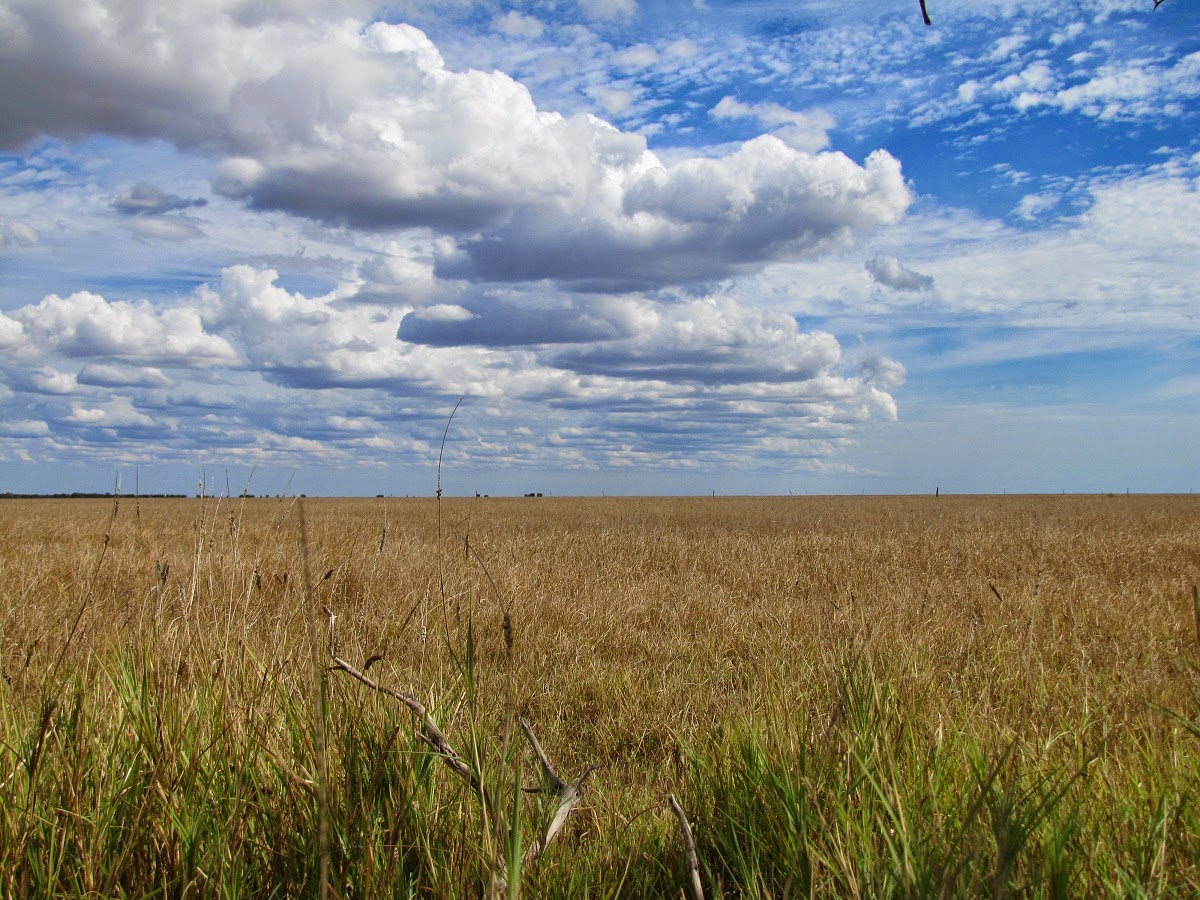“Reducing red-tape” is a favourite election time
commitment. Usually soon after an
election, reducing re tape becomes all too hard and the normal course of events
is resumed. That certainly seems to be
the case with the State Government in Western Australia following the last
election with promises to reduce red tape quickly forgotten. At least the Federal Government has attempted
to address the issue in some form with an annual day for repealing unnecessary
regulation.
An important question to address is why we end up with all
this inappropriate regulation in the first place. Bureaucrats have a tendency to regulate first
and ask questions later – their first response is to regulate before
considering what alternatives there might be.
The default position is regulation.
A fundamental tenet of human behaviour is that rewarding
good behaviour is a much more effective way of achieving a desired outcome than
punishing bad behaviour. In other words,
the carrot is much more effective than the stick – a fact that appears lost on
the bureaucracy.
Now my own industry in Western Australia, cattle grazing in
the rangelands, faces a significant increase in the regulatory burden imposed
on pastoral businesses. The Department
of Lands in Western Australia has put forward its plans for legislative reforms
in the rangelands. The “reforms”
proposed include:
- ·
Requirement
to Comply with Land Management Laws.
- ·
Rangelands
Condition Management and Monitoring.
- ·
Lease
Management Plan.
On the face of it, these changes may seem reasonable but a
closer consideration would suggest otherwise.
Pastoralists already have to comply with a myriad of Land Management
Laws. Introducing an entire suite of
additional laws is unnecessary and will result in additional compliance costs. Many pastoralists already monitor their piece
of the rangelands, again meaning significant additional compliance costs.
The Lease Management Plan component of the “reform” process
appears to be the most onerous with reference being made to “….a number of
regulatory mechanisms..”. The “regulatory
mechanisms” will be additional to those already in place. The requirement for pastoralists to go beyond
what is required in other sectors is unfair and will be inimical to the
development of industry in the Rangelands.
Businesses in Western Australia already face an intolerable
regulatory burden. Ultimately it is up
to our elected representatives, our politicians, to stop these sorts of
insidious regulations being put in place.
Once installed it is extremely difficult to repeal.
FURTHER READING
Department of Lands (2015).
Legislative Reform in the
Rangelands. Fact Sheet – November 2015. http://www.lands.wa.gov.au/Publications/Documents/Rangelands_Reform_fact_sheet.pdf







